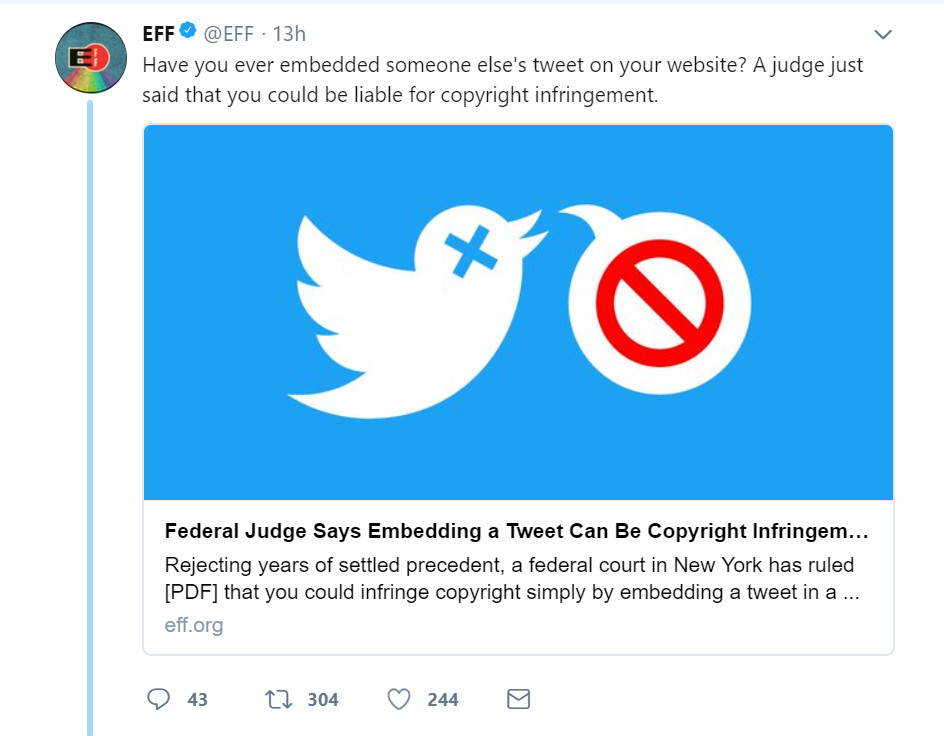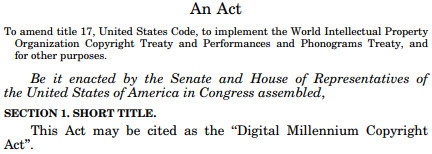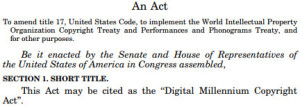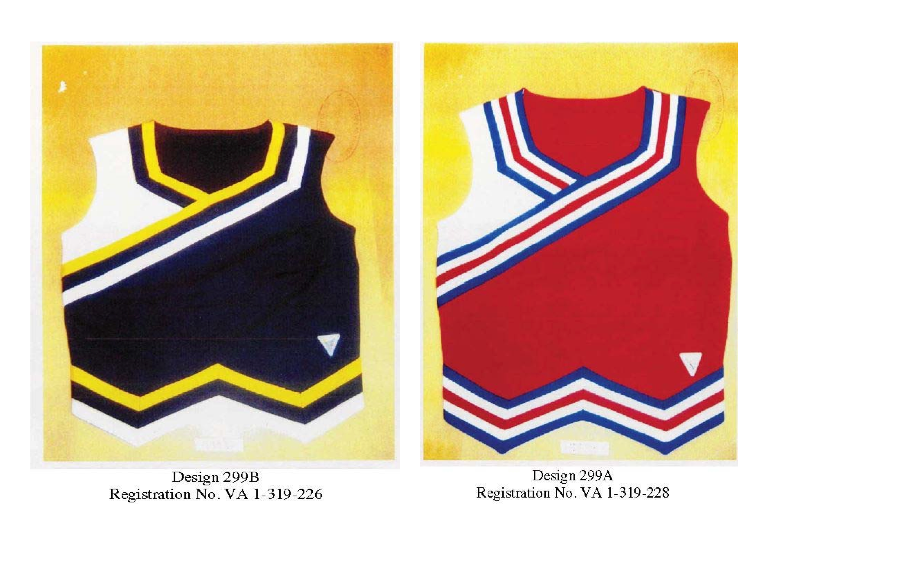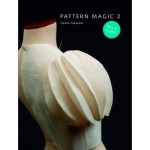As ever and always: I am a lawyer, but I am (probably) not your lawyer, and this is not legal advice. This is a developing and complex area of the law. Do not, I repeat DO NOT, rely on anything in this post when making legal decisions. If you have a legal question, retain a lawyer licensed in your jurisdiction and familiar with the relevant law to help you.
If someone posts content online, and you want to incorporate it into your own online work, you have three options:
- You can link to it, like this: EFF Tweet on Goldman v. Breitbart or like this: https://twitter.com/EFF/status/964336727572779009 . The link can be active (the first one) or inactive (the second one, which you have to copy and paste or retype into your browser address bar.)
- You can copy/paste, retype, screencap, or some other way copy the content and repost it on your own server, such as a blog host server. Like this:
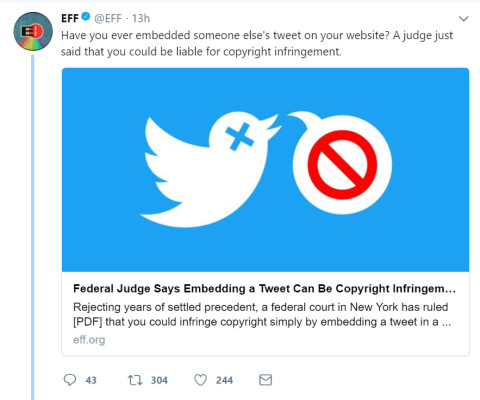
- You can embed the content in your own post, such that when people read your post (like this blog post) there is a line of code that tells their browser, “go to the original creator’s site and get this content, and display it as part of my post.” Like this:
Have you ever embedded someone else’s tweet on your website? A judge just said that you could be liable for copyright infringement. https://t.co/Lgw3rTI55O
— EFF (@EFF) February 16, 2018
Now obviously when you use someone else’s content, you open yourself to accusations of copyright infringement. And since the basic definitions of what constitutes copyright infringement in US law were set forth in a law passed in 1976, the law doesn’t always reflect modern technology or understanding of that technology. So people of good will can differ on these questions.
But.
Look at the examples in #2 and #3 above. Ask yourself these questions:
- Do you see a significant difference? (Other than size.)
- More importantly, is there any significant difference in the visual experience they provide or the information you absorb when you look at one versus looking at the other?
- If you saw them in a news article or a blog post, would you be able to tell which sort of method was used to include the content without investigating further?
- Finally, do you see a significant difference between the examples in #1 and the examples in #2 and #3?
I think most people, answering honestly, would say that the answers are 1) no, 2) no, 3) no, and 4) yes. And therein lies the problem. We have extensive court precedent that says that #1 is not copyright infringement even though it provides information on where to access copyrighted content. This is true even if the person who is hosting the content may be infringing the copyright, and even if the person who posted the link knows the person who is hosting the content may be infringing the copyright. Because a link is not content. You could argue that it’s not fair that the link-poster benefits from the secondhand use of the content, but it’s entirely rational to say that the link is not the work and so there is a discontinuity that separates posting the link from posting the work.
(Edited to Add: Claiming that linking and embedding are the same thing, to paraphrase something I said on Twitter, is like claiming that a book with a picture of the Mona Lisa in it and a piece of paper with a list of written directions on how to go to the location in the library where it is shelved are the same thing. The map is not the territory. But a picture of the map is, for purposes of copyright, the map.)
The question of whether #2 and #3 are copyright infringement has been litigated, but we have only one significant, on-point court of appeals case on the question, in which the Ninth Circuit Court of Appeals found that #2 is, and created the (for once) desciptively-named “Server Test.” Specifically, if the content is hosted on your server, you may be infringing copyright. If it is not, you probably aren’t. This has the benefits of being simple, straightforward, and very easy to determine. (Though obviously as always there are edge cases.)
However.
The Copyright Act gives copyright holders five fundamental rights:
- The Right of Reproduction – the right to make copies of the work.
- The Right of Adaptation – the right to adapt the work to other uses (i.e. to make “derivative works.”)
- The Right of Publication – the right to distribute copies of the work to the public.
- The Right of Performance – the right to perform the work in public, in a fashion which does not create or distribute copies.
- The Right of Display – the right to make a copy of the work available to the public without distributing it, copying, or performing it.
As the Ninth Circuit is very influential in technology jurisprudence (it’s the circuit that includes California/Silicon Valley) and copyright litigation is SUPER expensive, up until now many people had sort of gone along with the idea that the Server Test was cool because hey, if you didn’t put it on your server, you didn’t create a copy, and it says “copy” right there in the name of the right, right? (I am not as ashamed as I should be of that sentence.) And as displaying a web page causes the user’s web browser to download and create a local copy of the content of the page, obviously it wouldn’t make sense to claim that such a transient “copy” was offensive in the eyes of the law. And it was good. Or, at least, most people had better things to worry about.
Then this case came down: Goldman v. Breitbart.
The judge in this case, whose court is not in the Ninth Circuit and therefore is not bound to follow the Ninth Circuit Court of Appeals’ decisions as a matter of law, found the reasoning behind the Server Test unpersuasive when it came to embedding (the #3 example of reposting types from way up at the top there) because of the fifth right – the right to display.
Her logic – and you should read the case for yourself, it is in my opinion technically accurate and logically and legally sound – is that while we may have to let the local user create a temporary copy to view a web page, that doesn’t give the creators of web pages an automatic out. In other words, “because Twitter” is not a defense to a claim of copyright infringement recognized by the Copyright Act.
The Copyright Act – and I’m not going to go into detail on this because the opinion does a great job – in its plain language, history and purpose, was designed to anticipate that new technologies would become available and that ultimately, absent a Fair Use defense, the purpose of copyright is to protect the rights of the creators of content. If there is no practical difference, regarding the rights of the user and the ultimate effect of #2 versus #3, then there is no legal difference. If #2 is copyright infringement, the judge’s logic goes, so is #3.
So according to the judge in Goldman, the answer to our headline question is “No.” (Trick question: if a headline asks a question, the answer is usually no.) Does that mean you can’t embed tweets without fear of the Copyright Police knocking down your door in the dead of night and carrying you off to work in the Associated Press’s content mines forever? Also no. First of all, there are no Copyright Police. (Though that might be interesting.) Secondly, all this decision does is make clear, as I said, that “because Twitter” is not a legal defense to copyright infringement. All of the other defenses to copyright infringement, including Fair Use *shudder* and factors which make a use non-infringing in the first place, remain viable and in full force and effect.
Given that, what is the impact of this decision on media creators, up to and including your humble blogger? (Assuming that this travesty of a case isn’t immediately overturned on appeal as many in the industry righteously assure me it will be, that is?)
Simple. Don’t try to use “because Twitter” as a rationalization for reposting content you wouldn’t have reposted if it weren’t on Twitter. Or Instagram, or Tumblr, or whatever. If you want to cite a tweet or other analgous post, but are’t sure you should repost the associated media, copy/paste and attribute the text. If somebody posts a picture on Twitter, et cetera, and you want to repost it, ask for permission. Same for any other content you could embed in such a way that a reasonable person couldn’t tell if it were embedded or directly included in your own content. In other words, stop thinking the Internet is different. It isn’t.
Note: that doesn’t go for retweeting or quote-tweeting on Twitter itself, as Twitter’s terms of service require users to allow other users to retweet and quote-tweet original tweets. This is, by and large, true of other analogous services like Instagram and Tumblr, but your mileage may vary.
As always, thank you for reading. Questions are welcome in the comments or on my Twitter feed.
-M
